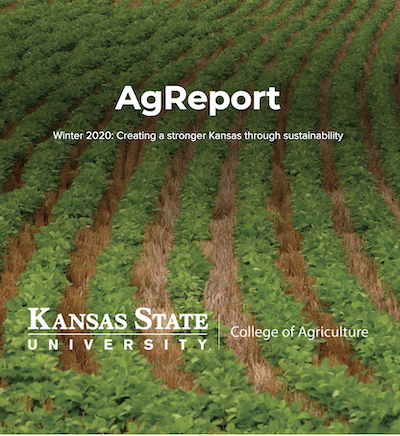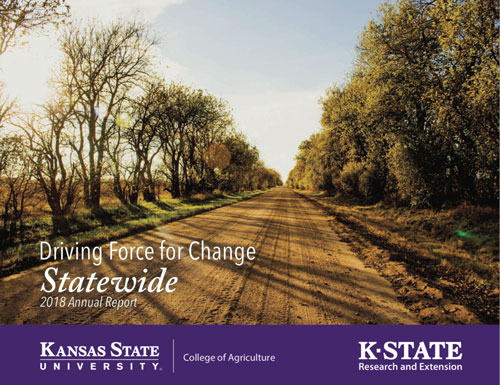Research
Bio-Material & Technology Lab Research
Focus
· Bio-Materials Processing and Modification
· Rheology and Phase Transitions of Bio-Materials
· Structure and Functional Properties of Plant Polymeric Materials
· Bio-Nano Materials
· Biobased Adhesives, Resins, and Composites
· Soy Protein Polymers
· Biomass Conversion into Chemicals and Fuels
· Soybean and Sorghum Varieties Screening
. Integrated Utilization of Agriculture Materials
Current Research Programs
I . Soy Polymer Research Program
Goals
The overall goal of this program is to research and develop industry products from optimized soybeans.
1) To research and develop technologies for manufacturing industrial products from soy polymers.
2) To study structure-functionality of soy polymers at molecular and genomic levels.
3) To identify key structures and gene/DNA markers that are favorable to industrial products, and
4) To develop optimum soybean varieties for industrial products.
Researchers around the world continue to search for environmentally friendly alternatives to petroleum-based industrial and consumer products. In many cases, they have turned to soybean oil and soybean protein for those alternatives. Soybean oil and proteincan be used to produce a wide variety of non-food products, including printing inks, paints, plastic films, solvents, lubricants, hydraulic fluids, biodiesel fuel, building composites, insulating foams, plywood adhesives, and other wood bonding agents. Most of these products are available commercially. However, some of them are still under development. This is the case for some of the wood bonding agents and foams.
Adhesives containing soy protein are not new to the wood products industry, but because the earlier products were water-soluble, their use was limited. Now, researchers have found ways to produce water-resistant soybean-based wood adhesives that meet all industry standards. Single formulations can be used to bond dry, wet or even green material. Soy protein adhesives can be used to produce formaldehyde-freewood composites, and unlike their petroleum-based cousins, they don't emit volatile organic compounds.
Researchers have also used soybean oil to produce rigid urethane foams that have the same mechanical and insulating properties as those made from petroleum. Recent research has also shown that soy protein can be used to improve the properties of polyurethane foams, increasing their strength, their flame resistance and their biodegradability.
These and other new uses for soybeans will help provide strength and stability to world soybean markets in the future. Each product may demand only a small fraction of the world's soybean supply, but together they are significant.
Talksoy.com provides targeted information regarding soybean which is specific to various audiences. The information has been grouped according to: Food industry, Feed industry, Health & Nutrition, Media, Industrial Uses, Consumer.
II. Starch/poly(lactic acid) Research Program
Goal
The Goal of the program is to develop affordable, durable, and degradable bioplastics from starch/PLA for disposable applications and to provide technologies to do so.
Environmental pollution from petroleum polymer wastes has become a severe global problem. Although degradable synthetic polymers have been recently available, consumers cannot afford them for many disposable applications, such as single-use or short-term purposes, because they are often two to ten times more expensive than petroleum polymers.
Starch a major component of grains (about 70% in corn, wheat, and grain sorghum, etc.) It is a renewable and sustainable resource. Native starch for industrial use is only about 9 ~ 20¢/Lb. Plastics made from starch is totally biodegradable. However, the plastics are also water sensitive. On the other hand, PLA is produced from starch through fermentation and polymerization. Plastics made from PLA have advantages of high strength and water resistance. But, PLA is expensive.
Blending PLA with starch will combine advantages from both starch and PLA, i.e. starch’s low cost and high biodegradability, and PLA’s high strength and high water resistance. However, the starch and PLA are immiscible because of hydrophilic nature of the starch and hydrophobic nature of the PLA. Therefore, compatibilization techniques have to be used to enhance interfacial adhesion between the starch and the PLA, and hence to improve the final properties of the starch/PLA plastics.The results from this research will accelerate commercialization of PLA. The market potential of starch and PLA blends could be huge in the near future, leading to a major new use of agricultural materials (utilization of biomass), save petroleum energy, and add great value to agricultural commodities. This research will also greatly impact the mission of the Environmental Protection Agency and USDA value added program.
III. Bio-based Adhesive Program
Goal
The goal of this research plan is to develop formaldehyde-free, affordable biobased adhesives for producing plywood and agricultural fiber particle boards, to evaluate the adhesives for construction at commercial level, and to promote extension and education in new uses of agriculture commodities.
The construction and furniture industries comprise an extremely large and diverse market of plywood, composites, and fiber/particle boards. About 8.0 billion lb adhesives are used annually in the U.S. for these products and 95% of them are formaldehyde-based adhesives. Formaldehyde emission causes unpleasant environmental pollutionand even toxicity problems during product manufacturing and distribution.
Soybean is a major economical crop in the U.S., which produces about 52% of the total world soybean crop (157 million metric tons in 2002). Soybean contains about 20% oil, 40% proteins and 40% carbohydrates, which are all important polymers for many applications, such as food, feed, pharmaceuticals, and industrial products. Soy oil and proteins have shown great potential for adhesives, resins, composites, inks, paints, lubricants, surfactant, which can be used in many areas including construction, furniture, automobile, textile, pharmaceuticals, packaging, as well as disposable items. Soy oil also has been recently considered as alternative to petroleum based diesels. The application market of soybeans is going to be huge.
Soy protein-based adhesives were first developed in the early 1920s, and it was mainly formulated for plywood application. However, relatively low bond strength and water resistance limit applications of the soy protein adhesives, especially for exterior applications. The researches are focused on improve bonding strength and water resistance of the soy protein-based adhesives.
IV. Targeted Excellence Program
Goal
The overall goal of this program is to foster national and international recognized excellence in biomaterial research, teaching, and outreach program at KSU and lead to mass production of biobased materials and products.
Develop novel biomaterials and biopolymers with desirable properties bioinformatics that can be used for plant genetic engineering and crop improvement. Develop novel bioconversion technologies for bioproducts. Strengthen education program that could broaden students’ knowledge in biobased material science and engineering.
V. Biodegradable Fiberboard Program
Goal
The goal of this program is to produce new lightweight biodegradable fiberboard and foam materials that can be converted to a valuable byproduct or compost to meet the operational and performance requirements of combat ration packaging.
Army, Air Force, and Marine Corps consume approximately 46.6 million operational rations each year generating 14,117 tons of packaging waste. Due to the operational requirements for combat rations (i.e. air-droppable, minimum three year shelf life at 80°F, six months at 100°F), the rations must be packaged appropriately to meet these requirements. Shipping containers fabricated from fiberboard and coated paper are necessary to safely transport and store food and other military items for all war fighters including sailors on Navy vessels. Paper and fiberboard production is a costly process, uses cellulose and hazardous chemicals, depletes natural resources in our environment, and creates hazardous waste. Conventional polyethylene-coated fiberboard, utilized when water/puncture resistance is needed, is neither compostable nor recyclable.
The benefits of this program are 1) Reduction of fiberboard waste from ration packaging by producing a low-density or thinner fiberboard packaging and 2) Transformation of residual packaging waste into compost, a valuable soil conditioner.
VI. Fermentation Research Program
Fermentation Research Program provides expertise in the area of bioprocessing and bioconversion applied to development of biobased products such as biofuels from renewable resources. The Fermentation Research Program has a well-equipped bioconversion research laboratory and food and grain processing laboratories (see available instruments listed below). Our major focuses are:
1. To better understand the relationship among chemical composition, chemical structure, physical properties, and the interactions of those factors of agricultural products by-products on processing quality, bioconversion rate, and final product yields.
2. To development pretreatment methods to increase the bioconversion rate of biomass. The research focus is to develop physical, chemical, and biological pretreatment technologies to increase bioconversion rate of biomass especially, of cellulose and semi-cellulose.
3. To better understand processing parameters at a mathematical level and conduct research related to modeling, optimization, and scale up to better understand relations between structure, processing, and product quality as well as better facilitate industries.
4. To collaborate with fermentation chemists, biomaterial engineers, and industries to develop new biobased products through fermentation technology.


